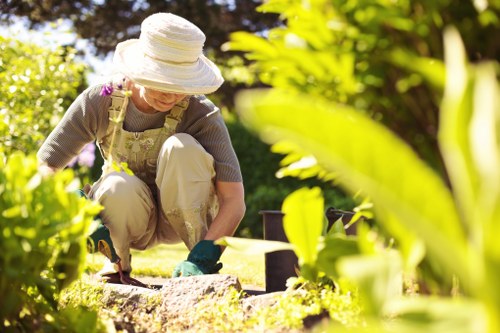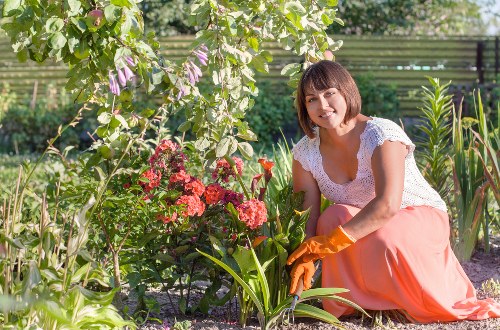Gardening Swiss Cottage: Creating a Timeless Haven

Gardening Swiss Cottage style is renowned for its picturesque charm and timeless appeal. Originating from the serene landscapes of Switzerland, this gardening style emphasizes natural beauty, sustainability, and a harmonious relationship with the environment. Whether you're a seasoned gardener or a novice, adopting the Swiss Cottage gardening approach can transform your outdoor space into a tranquil retreat.
The essence of Swiss Cottage gardening lies in its simplicity and elegance. It incorporates a variety of plants, textures, and colors that blend seamlessly to create a cohesive and inviting atmosphere. From lush flower beds to carefully curated pathways, every element plays a crucial role in achieving the desired aesthetic.
One of the key features of Swiss Cottage gardening is the emphasis on perennial plants. These plants not only provide year-round beauty but also support local wildlife and promote biodiversity. By selecting a diverse range of perennials, gardeners can ensure that their cottage garden remains vibrant and dynamic throughout the seasons.

Central to the Swiss Cottage gardening philosophy is the concept of 'informal design.' Unlike rigid garden layouts, this style encourages a more relaxed and organic arrangement of plants. Curved borders, mixed plantings, and natural pathways contribute to a sense of effortless beauty that is both inviting and sustainable.
Pathways in a Swiss Cottage garden are typically made from natural materials such as gravel, stone, or wood. These materials not only enhance the garden's aesthetic but also ensure durability and ease of maintenance. Incorporating meandering paths allows for exploration and discovery, making the garden a delightful place to wander through.
Plant selection is paramount in Swiss Cottage gardening. Traditional choices include roses, delphiniums, foxgloves, and lavender, which add color and fragrance to the space. Additionally, incorporating evergreen shrubs and ornamental grasses provides structure and texture, ensuring that the garden remains interesting even during the colder months.

Another integral aspect of Swiss Cottage gardening is the use of heirloom and heritage plant varieties. These plants not only add unique characteristics to the garden but also preserve biodiversity and heritage gardening practices. By choosing heirloom varieties, gardeners can enjoy distinctive blooms and foliage that are often absent in modern hybrid plants.
Container gardening also plays a significant role in the Swiss Cottage style. Utilizing a variety of containers, such as terracotta pots, wooden planters, and vintage watering cans, allows for creative flexibility and adds visual interest. Containers can be strategically placed to highlight specific plants or to create focal points within the garden.
Water features, such as small ponds or fountains, are common in Swiss Cottage gardens. These elements not only enhance the garden’s tranquility but also attract birds and other wildlife, adding life and movement to the outdoor space.

The incorporation of seating areas is essential in Swiss Cottage gardening. Benches, garden chairs, and rustic wooden tables provide spaces for relaxation and enjoyment. These areas offer perfect spots to appreciate the garden’s beauty, read a book, or simply unwind amidst nature.
Maintaining a Swiss Cottage garden involves regular but gentle care. Pruning, weeding, and deadheading are essential tasks that help keep the garden tidy and vibrant. Emphasizing minimal intervention ensures that the garden maintains its natural and unforced beauty.
Seasonal changes are celebrated in Swiss Cottage gardening, with each season bringing its own unique palette and textures. From the vibrant blossoms of spring to the rich hues of autumn foliage, the garden is a living canvas that evolves throughout the year.

Integrating sustainable practices is a hallmark of Swiss Cottage gardening. Using compost, rainwater harvesting, and natural pest control methods not only benefits the garden but also contributes to environmental conservation. These practices ensure that the garden remains healthy and productive while minimizing its ecological footprint.
Lighting is another component that can enhance a Swiss Cottage garden during the evening hours. Soft, ambient lighting along pathways and near seating areas creates a magical atmosphere, allowing the garden to be enjoyed even after the sun sets.
In conclusion, Swiss Cottage gardening offers a beautiful and sustainable approach to creating a charming outdoor space. By embracing natural beauty, diverse plantings, and sustainable practices, gardeners can cultivate a timeless haven that brings joy and tranquility to their lives.
